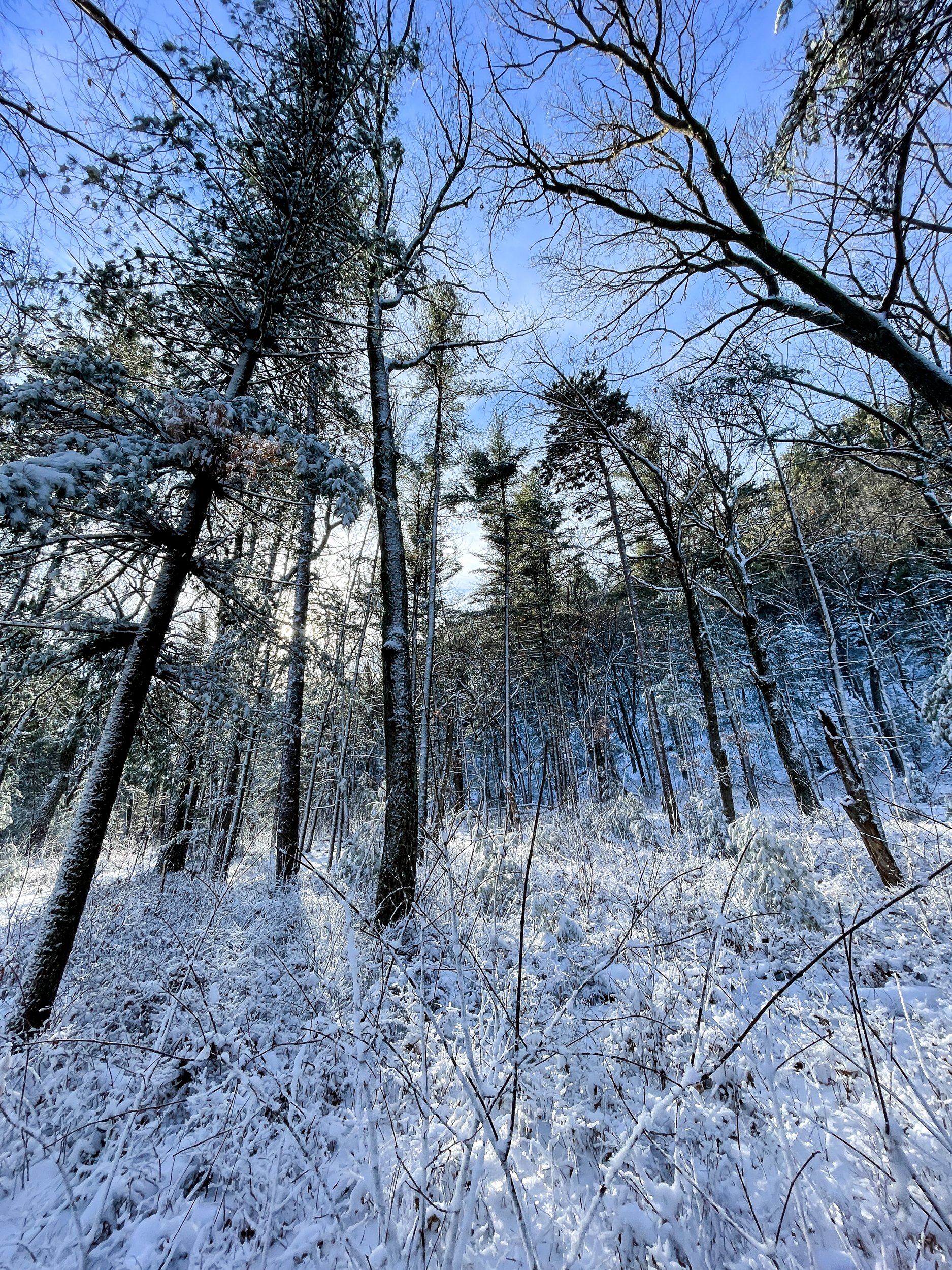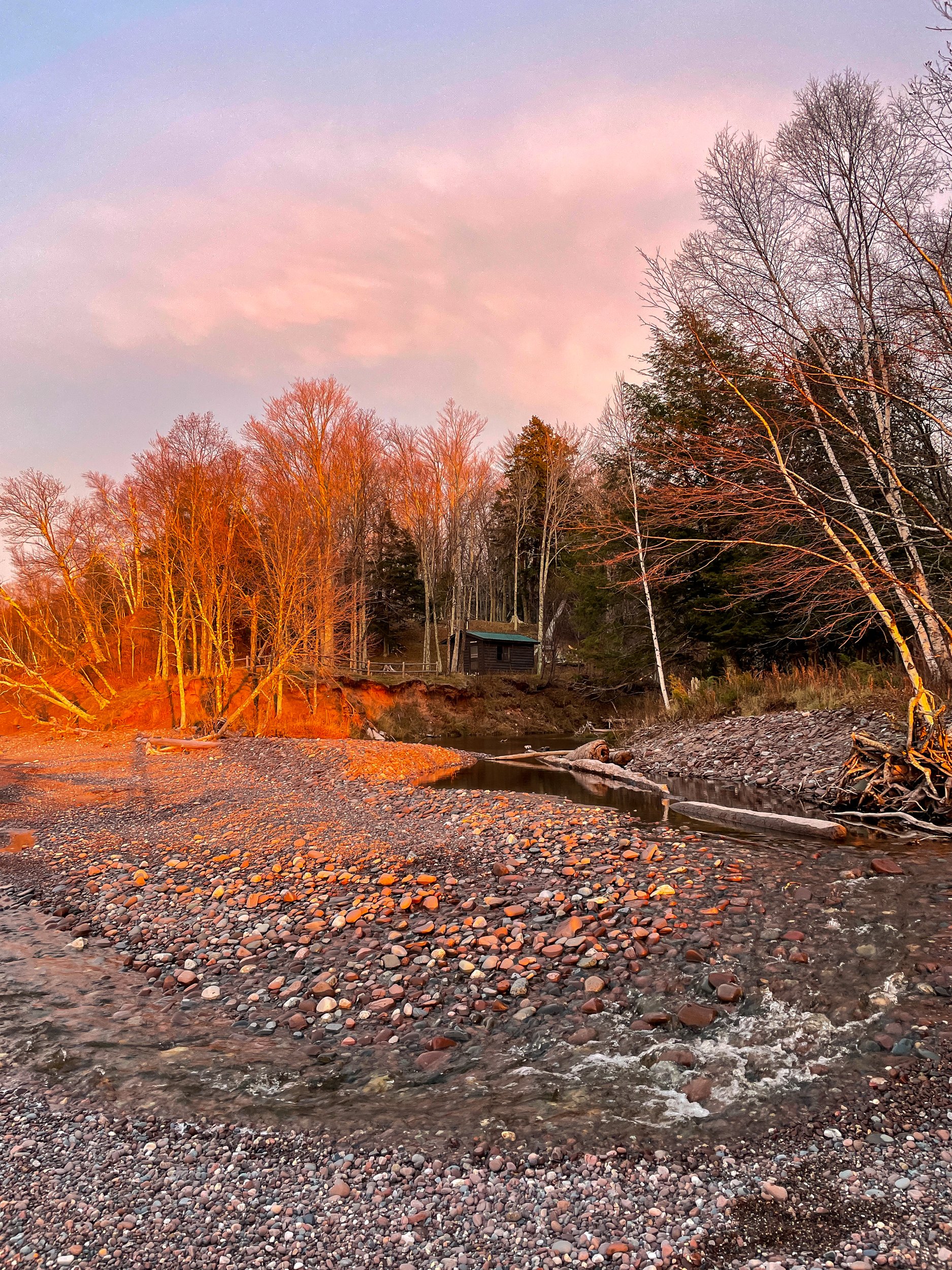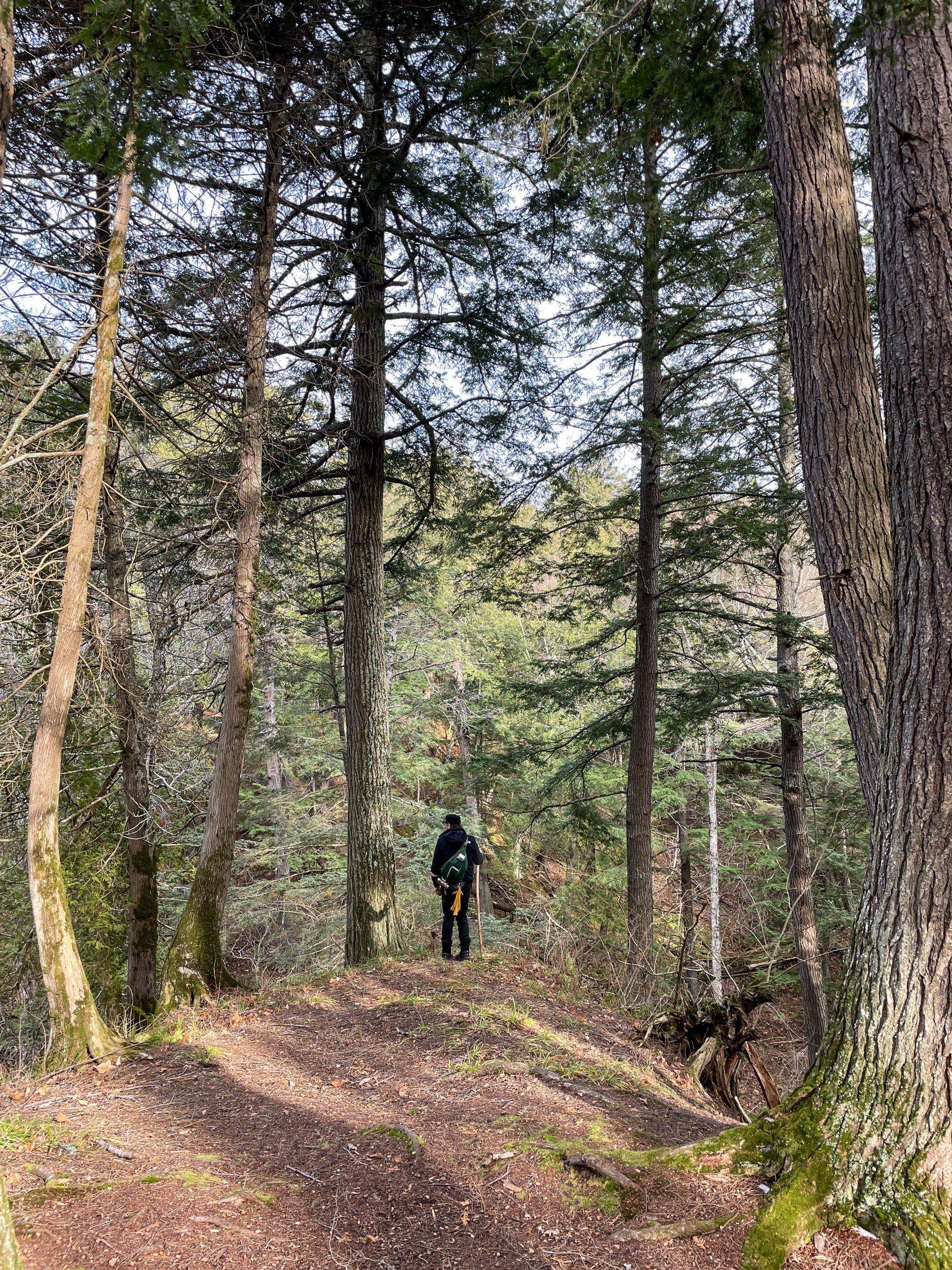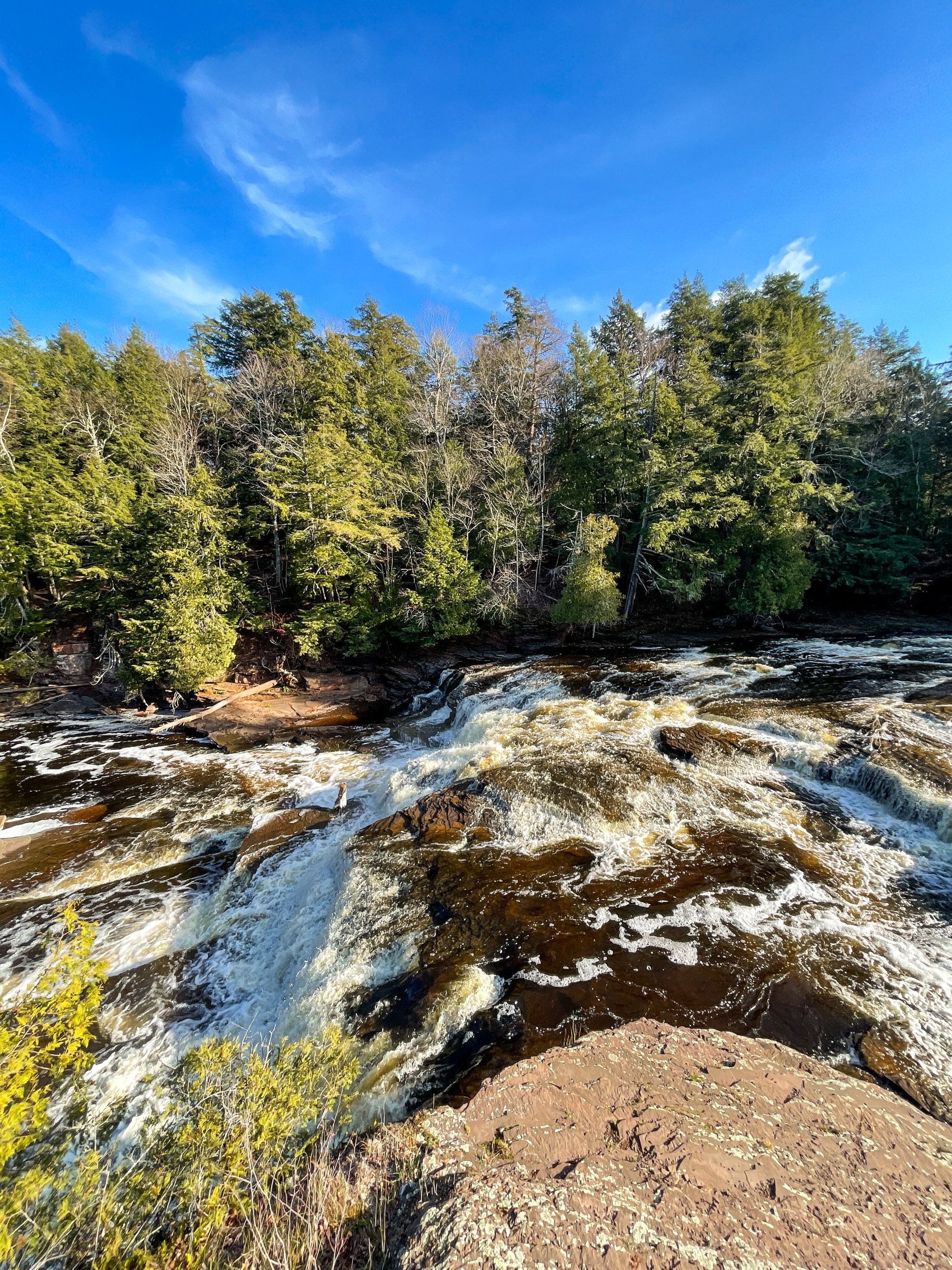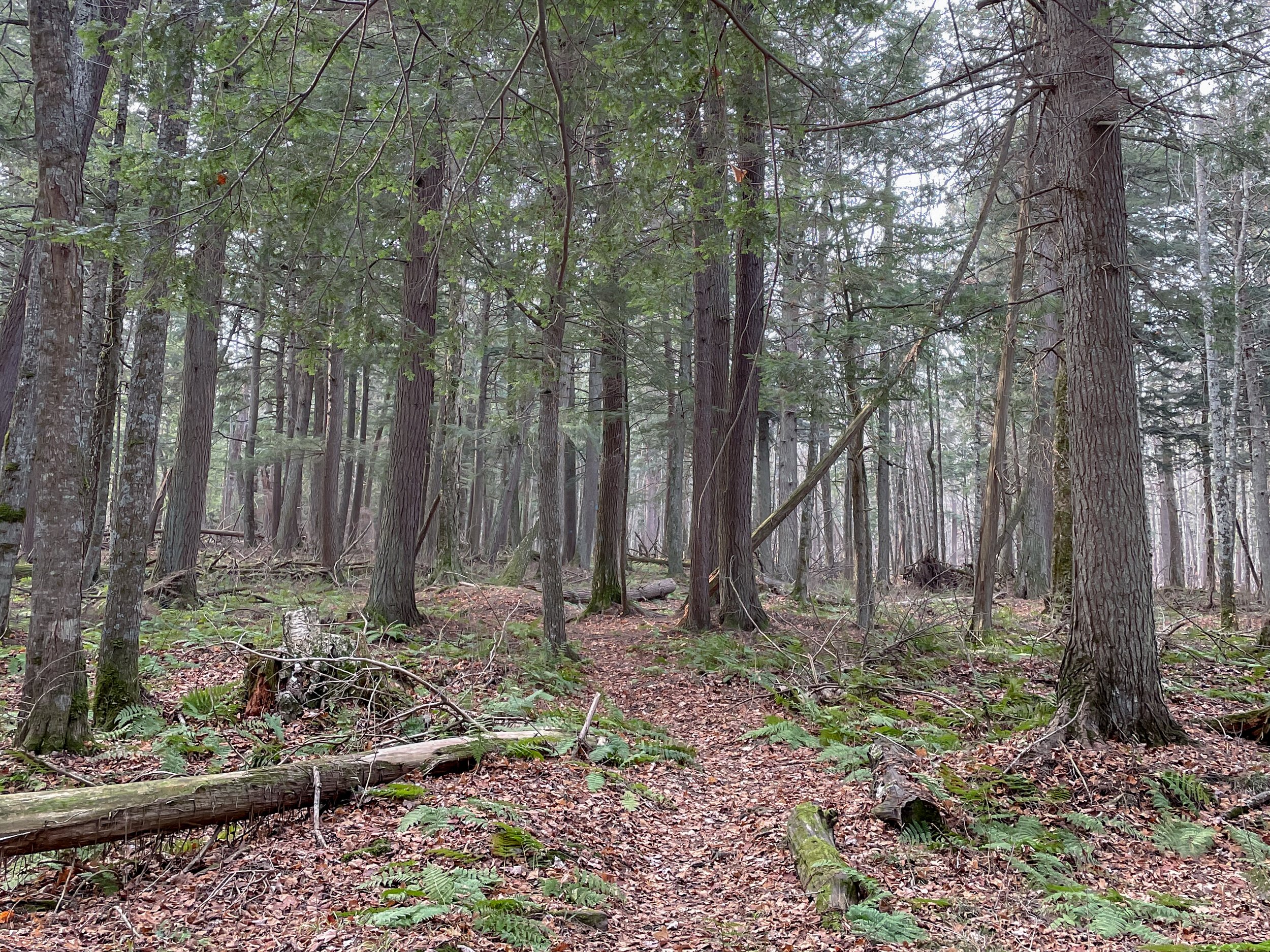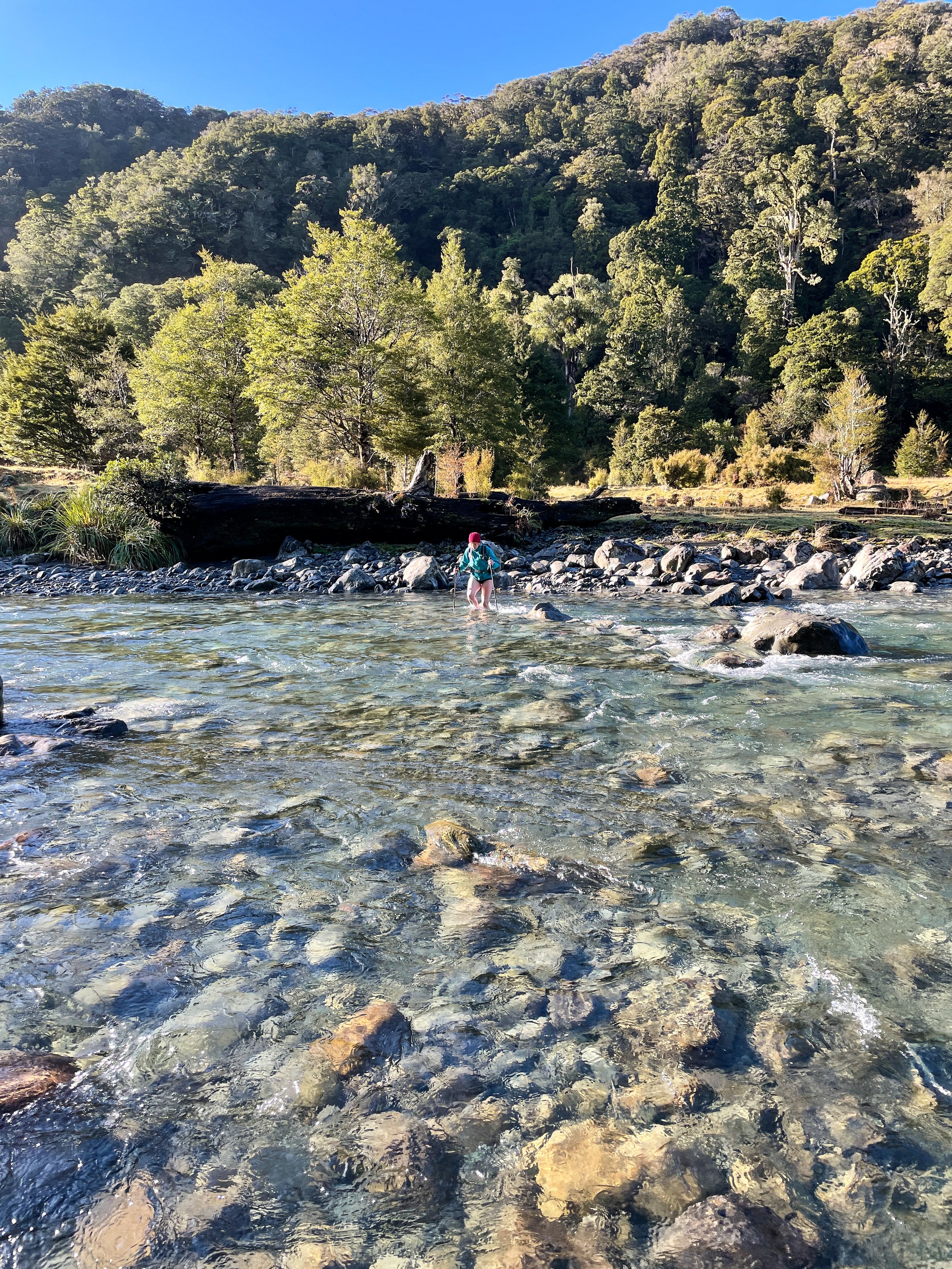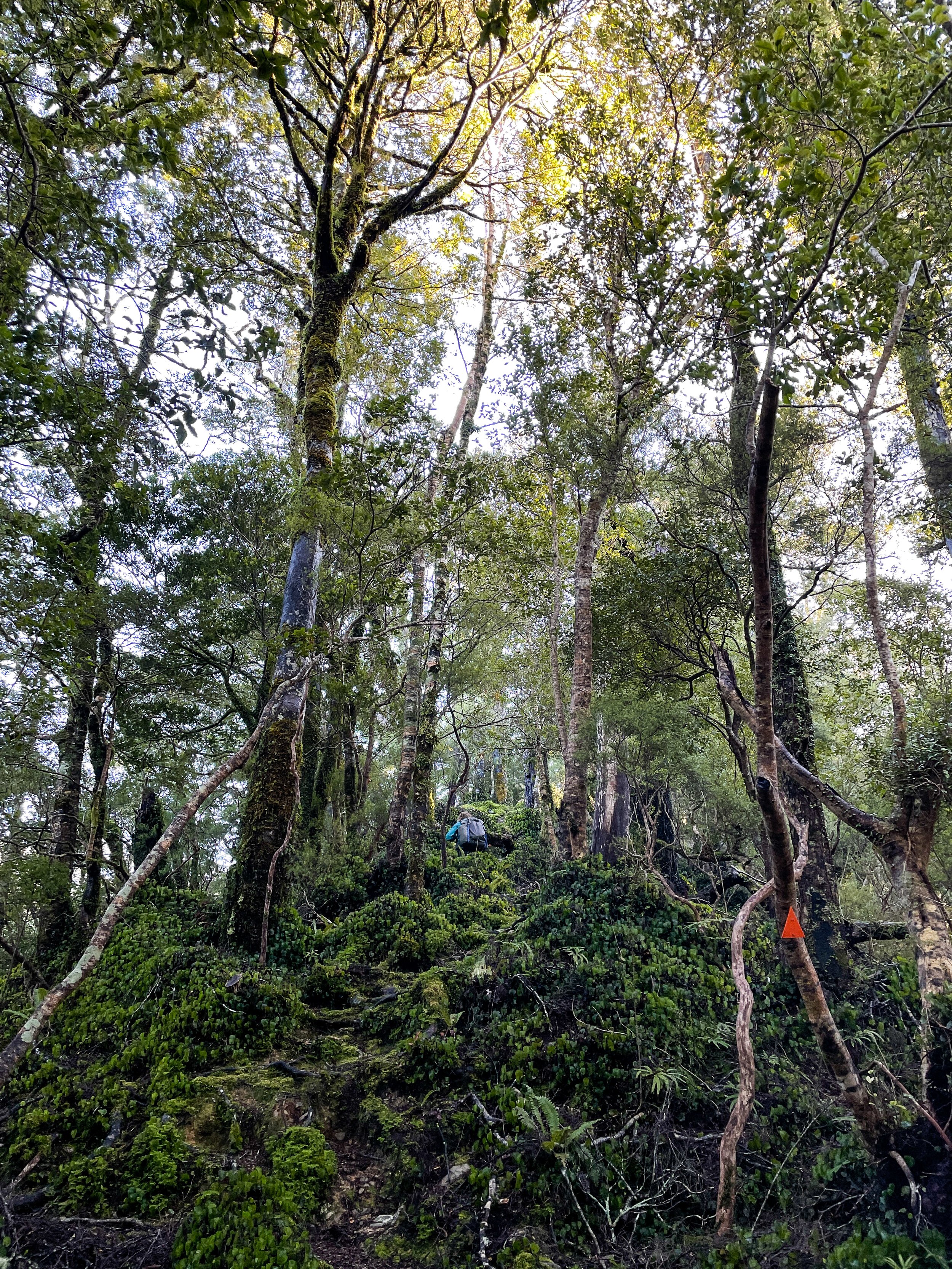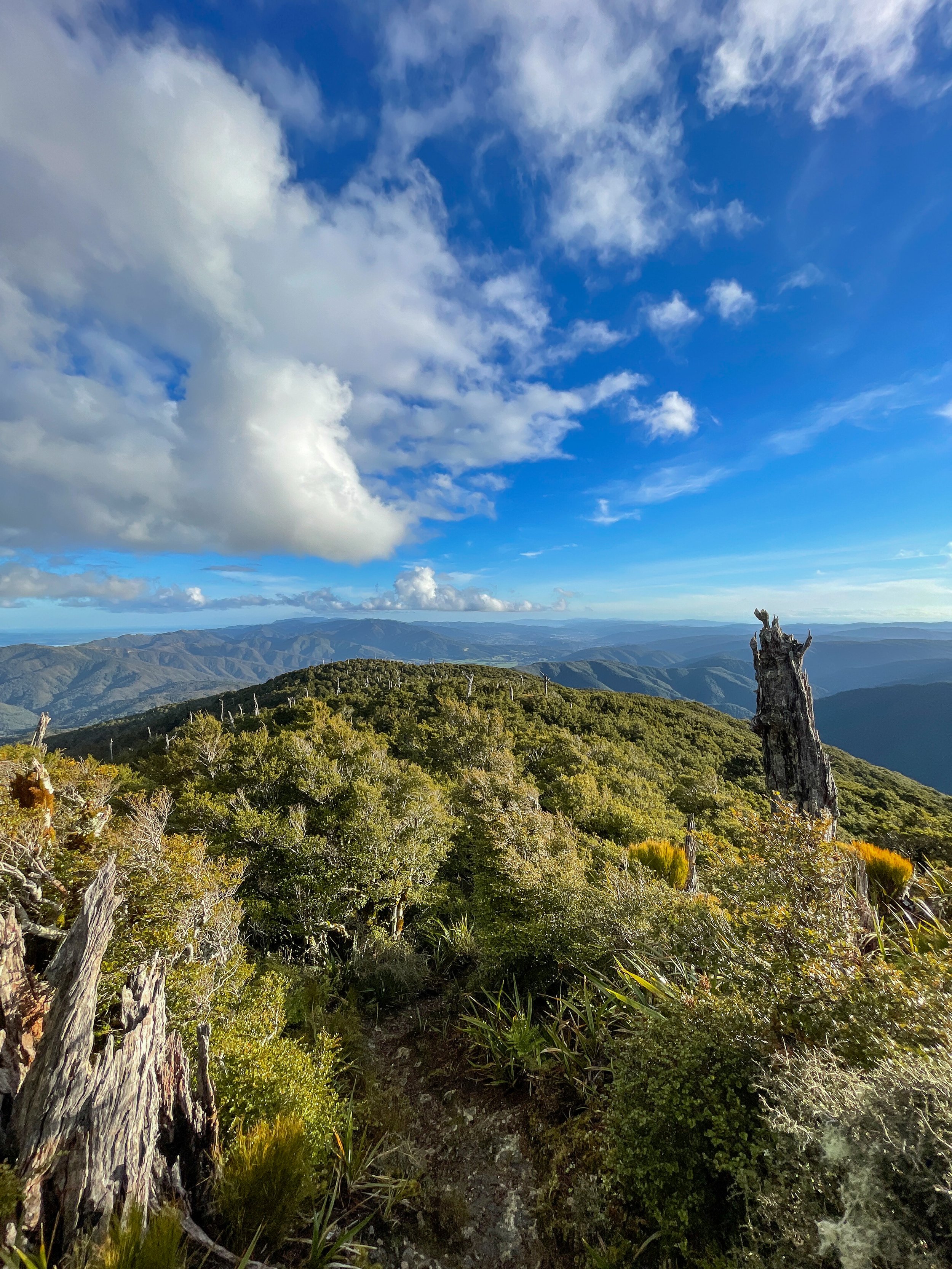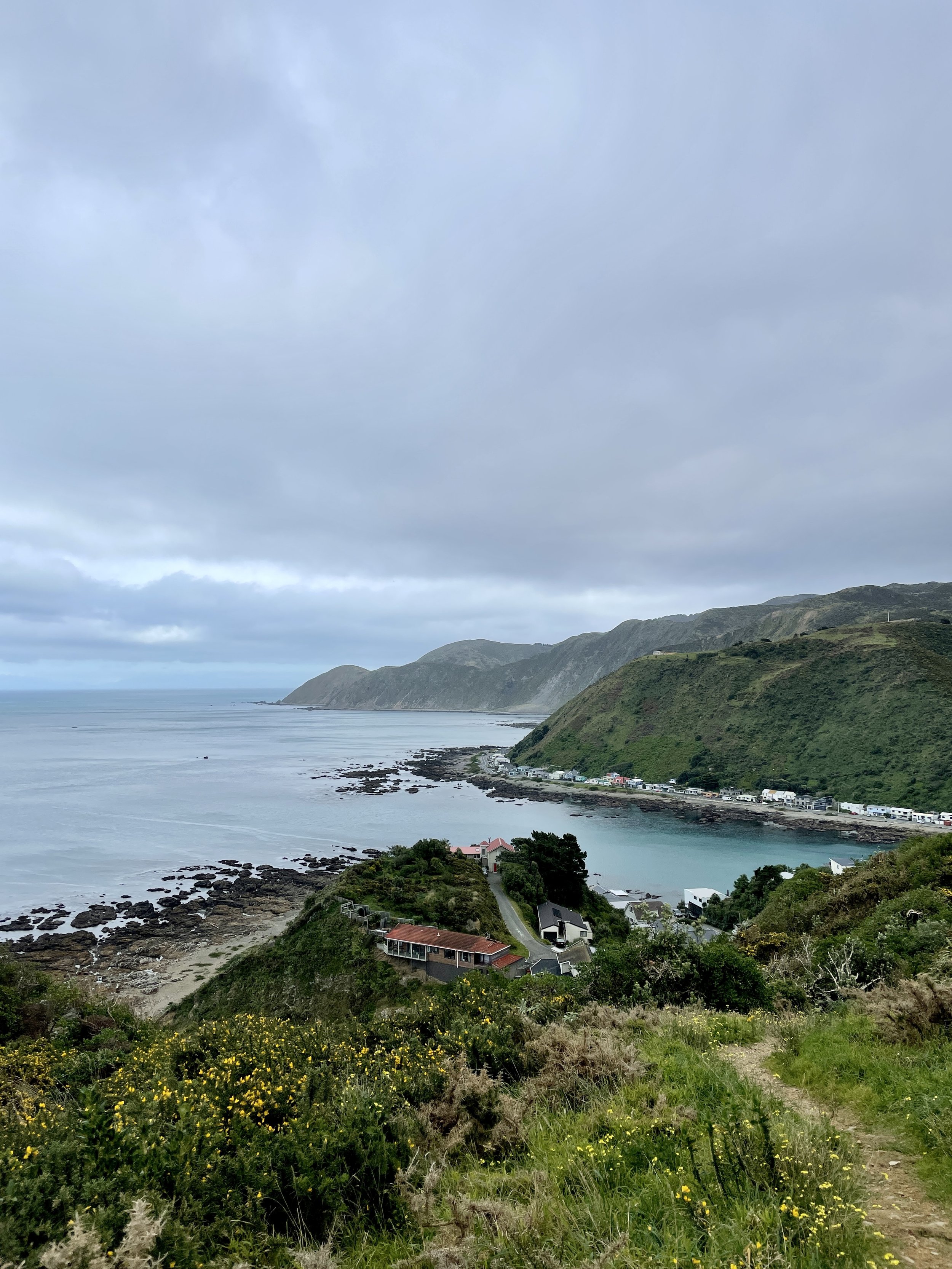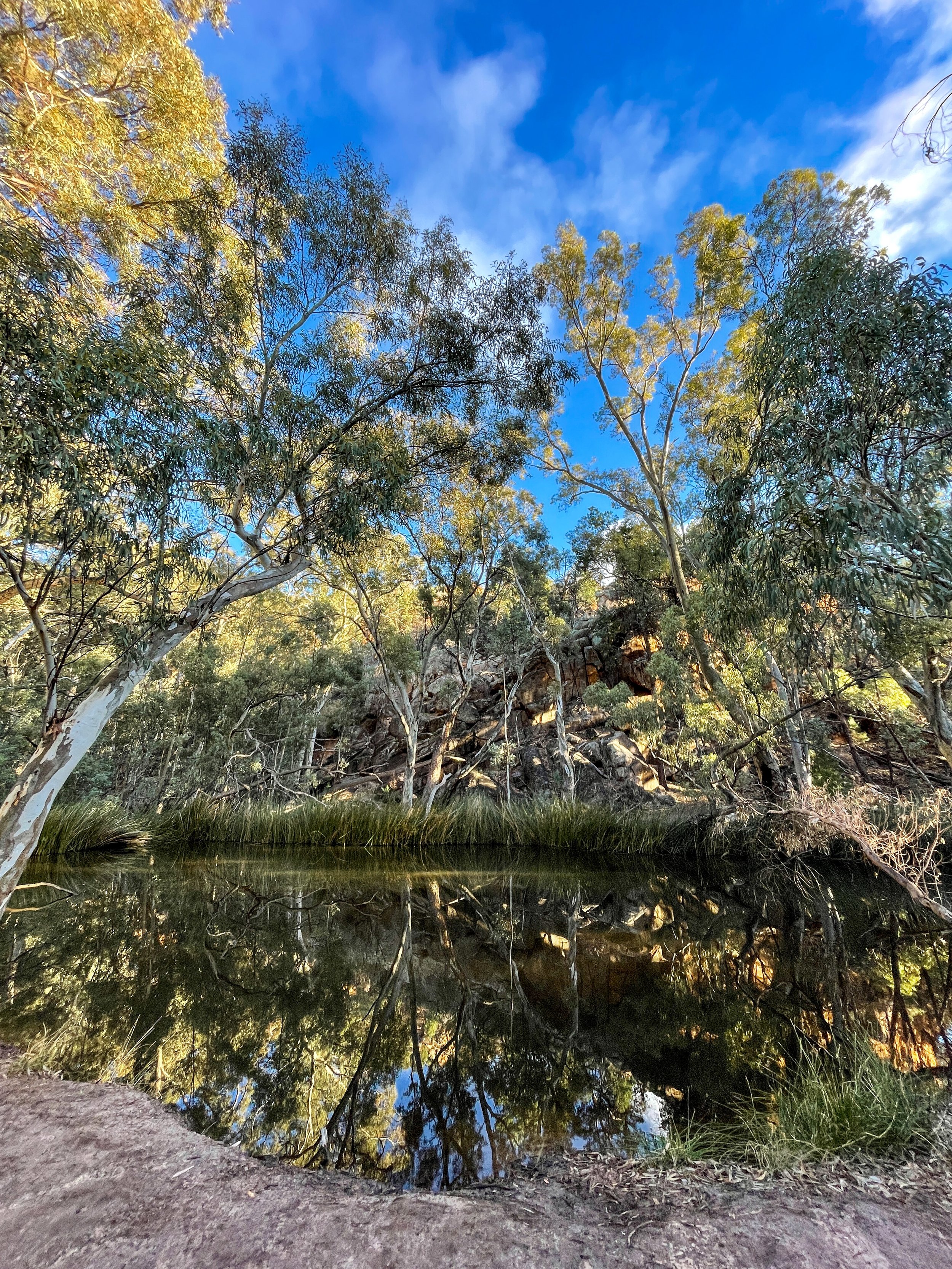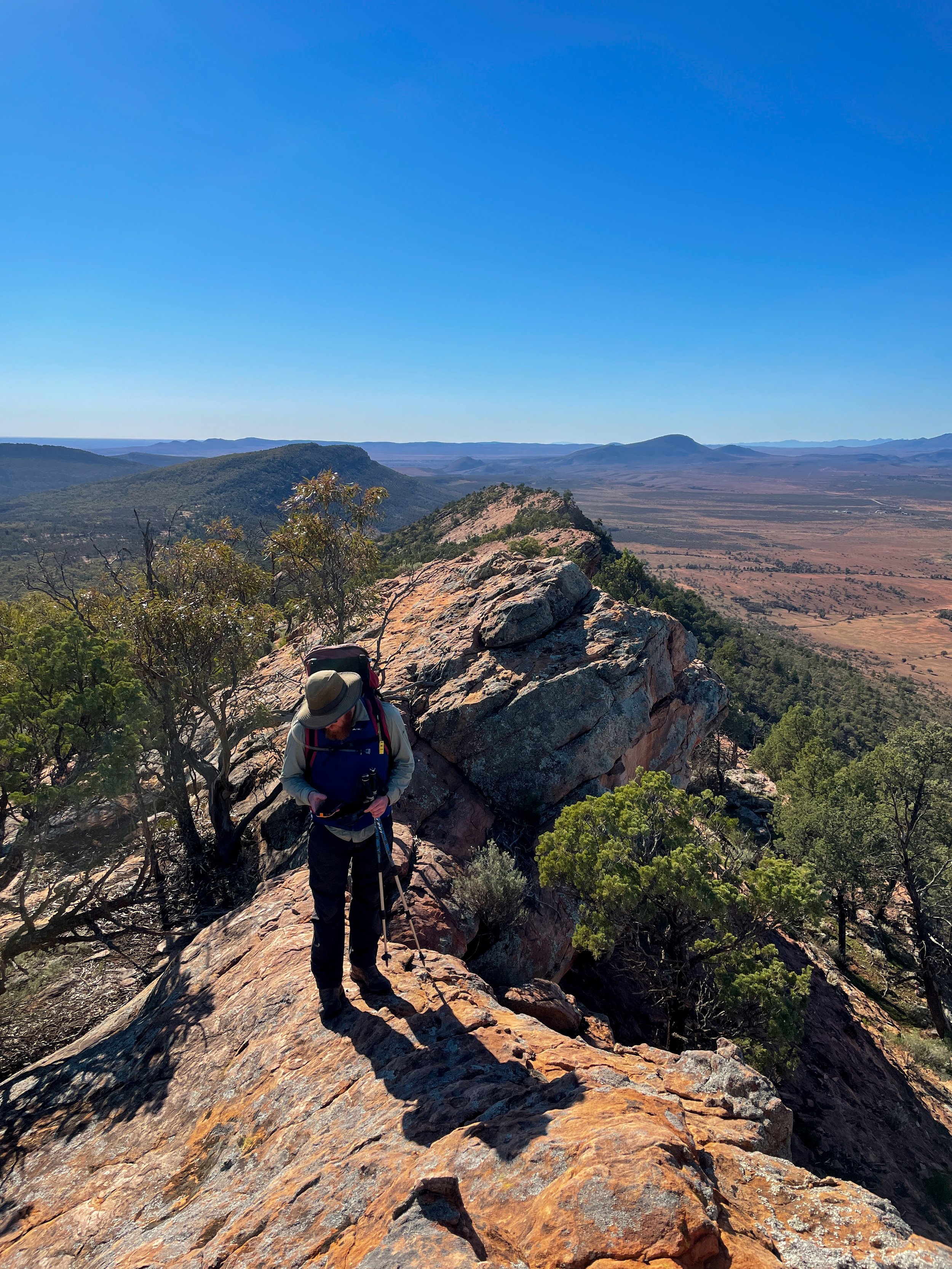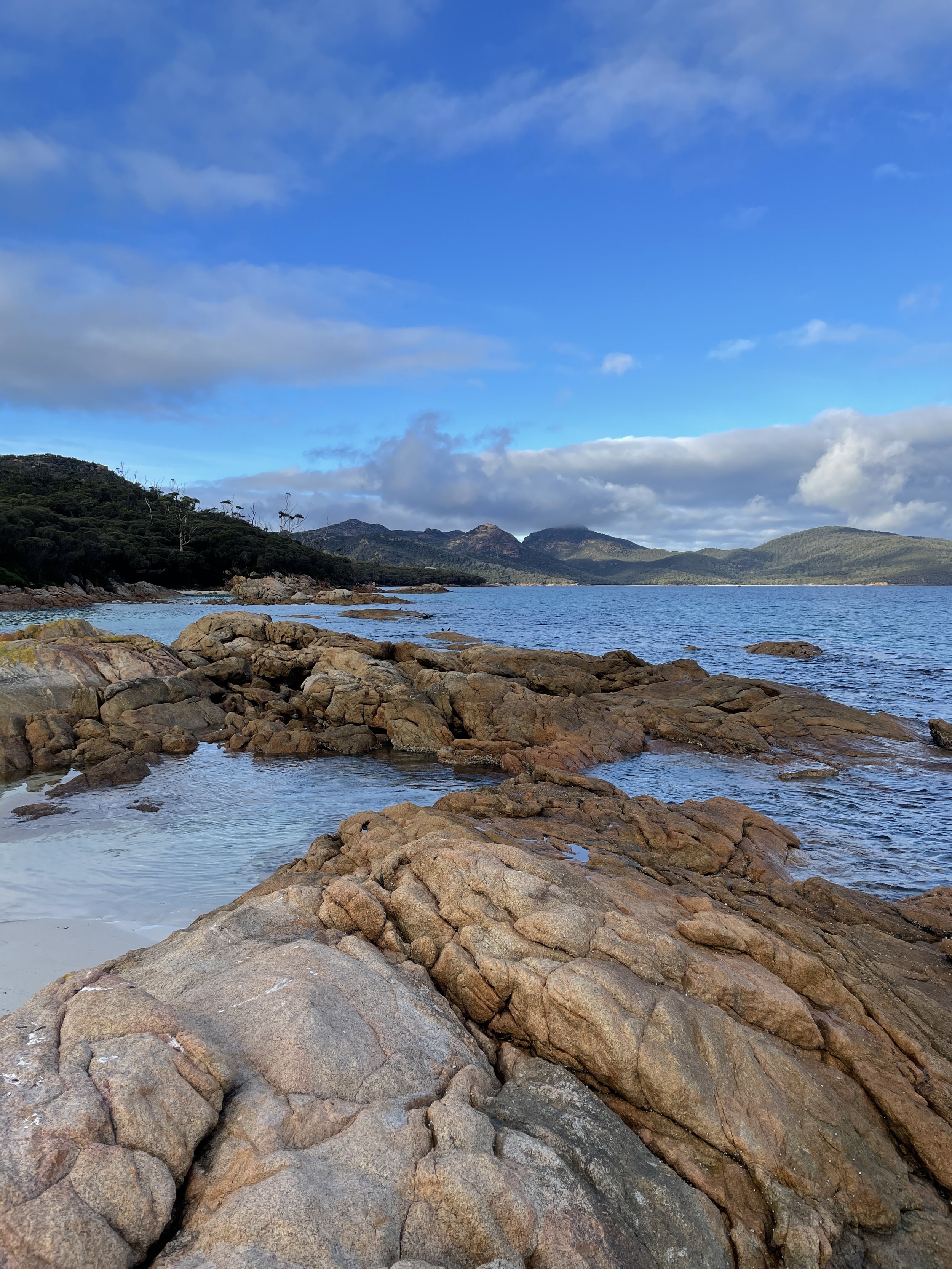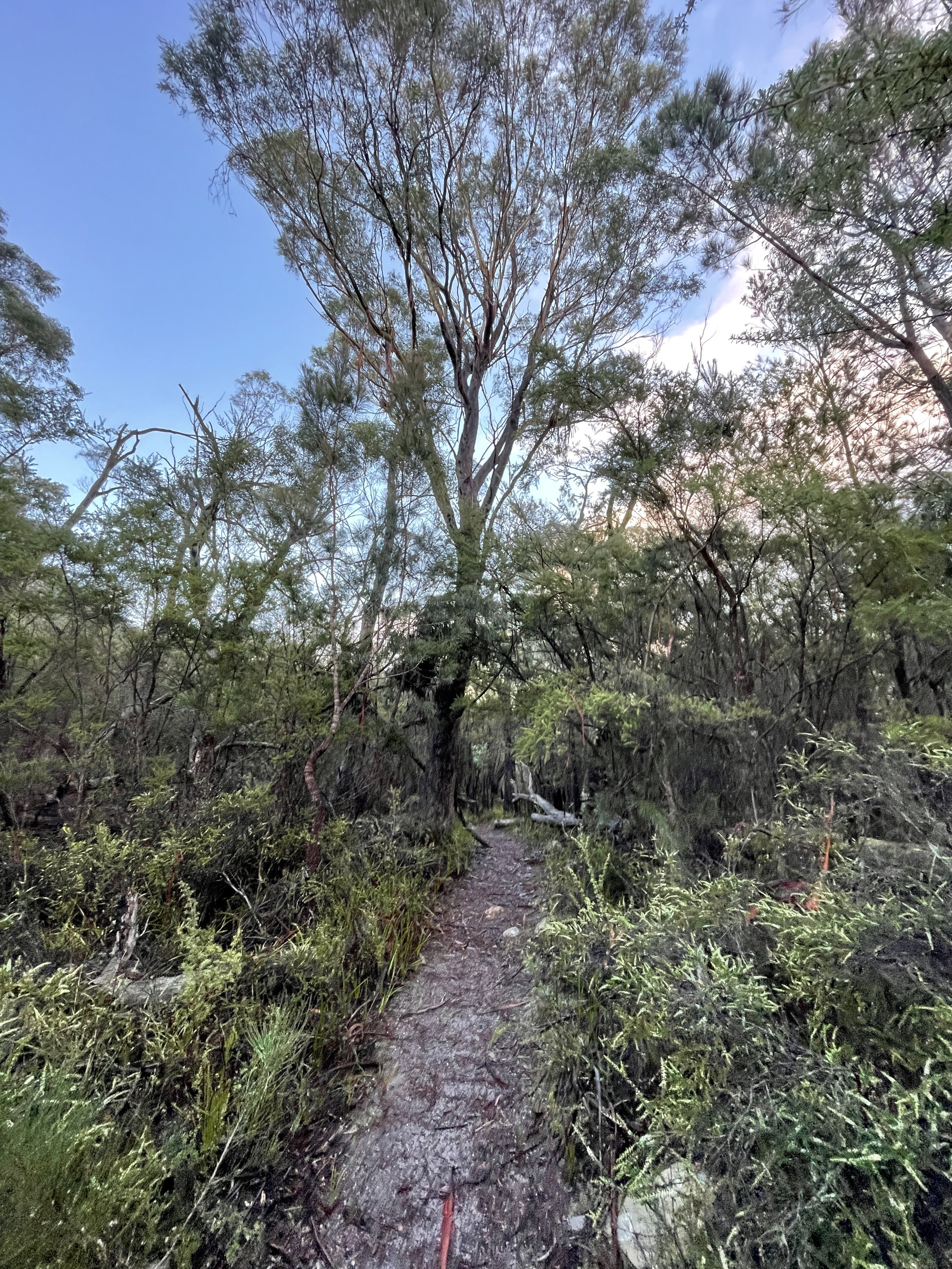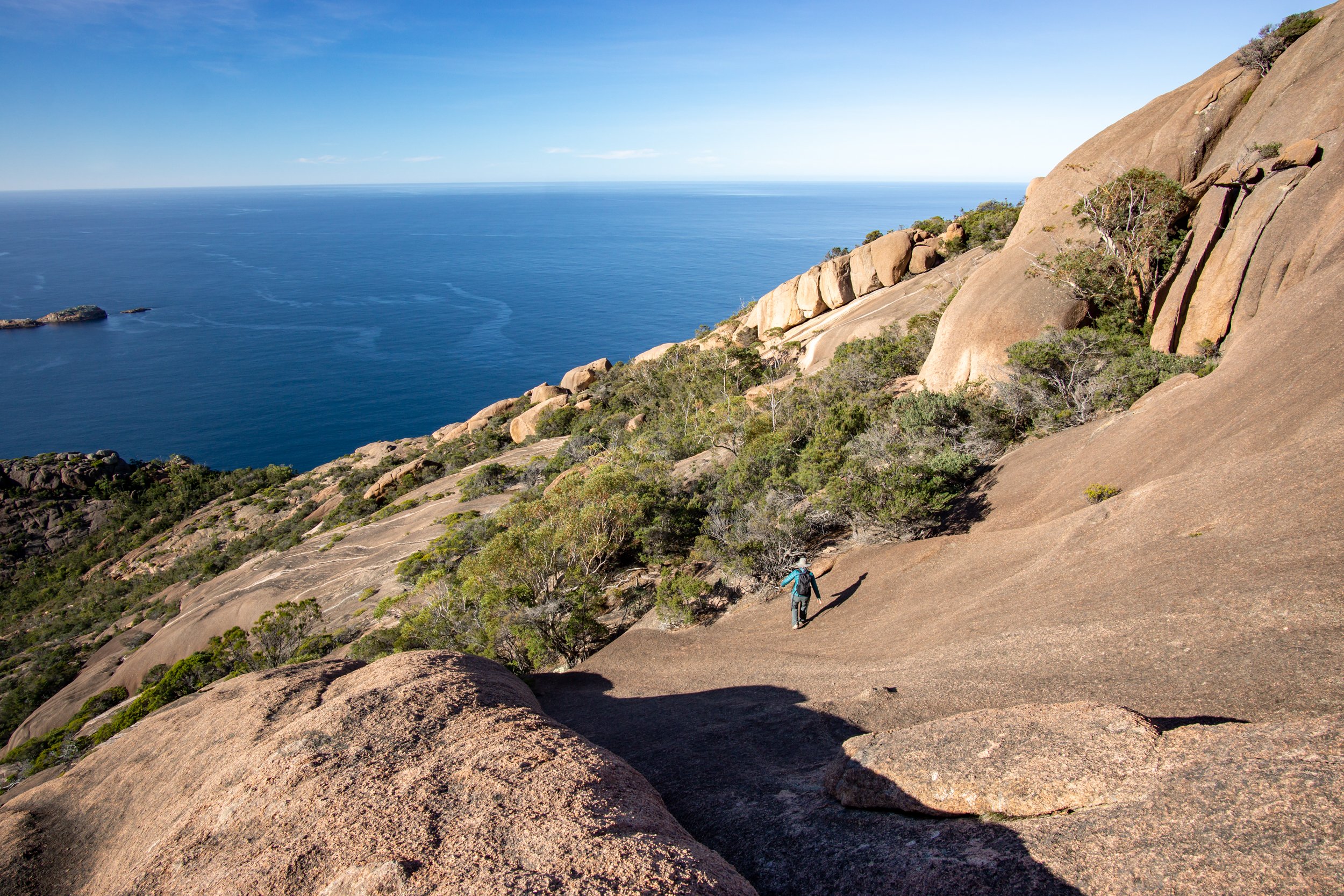Hiking at Roche-A-Cri State Park is a new me. For years I’ve seen signs for it on the highway when driving past it to the Northwoods but never stopped to check it out. I wanted to get my first glimpse of winter and walk through fresh snowfall without driving too far north. 300ft rock outcropping and petroglyphs, how have I never been here?
The park has a classic Wisconsin central sands vibe. Pine forests, sandstone rocks, and large grassy prairies. And with the new snow and clear blue sky, it’s a winter paradise.
The petroglyphs are worn down by the wind but still well worth checking out. From the top of the outcropping, you can see the flat landscape stretch for miles. Dotting the landscape are other rock outcroppings. These were former islands from ancient Lake Wisconsin which covered most of central Wisconsin.
Overall, a pleasant and easy hike, minus the 300 steps up to the top of the rock.
If you go:
My Route (Gaia GPS)
Roche-A-Cri State Park (Wisconsin DNR)

